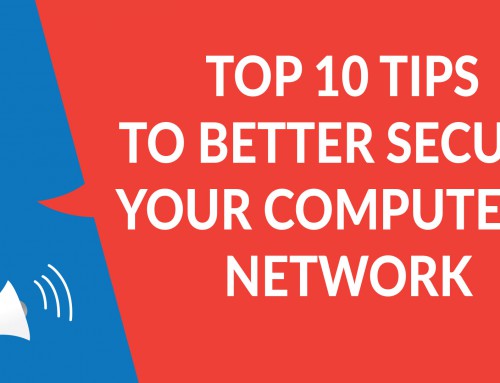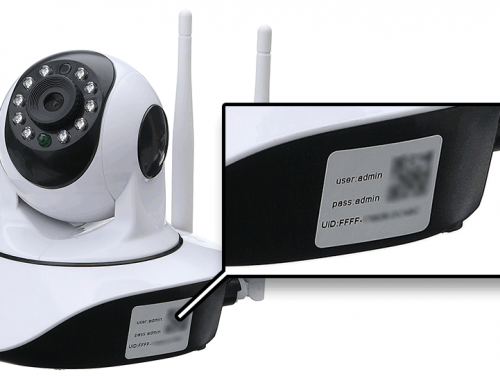What are the different types of cyberattacks my company may encounter and how do I recognize them?
In order to protect information and construct the type of cybersecurity you need, you need to identify the types of cyber-attacks you may be facing. Malware is short for malicious software and it is the main threat to everyone on the internet. “Malware is any piece of software that was written with the intent of doing harm to data, devices or to people” (Lemonnier, 2015). There are several different types of malware. The most prevalent are ransomware, viruses, spyware, social engineering and botnet.
Ransomware is a type of malicious software whereby the criminal holds a company’s computer system and information hostage and threatens to expose it to other people unless you pay a ransom amount to get it back. “ At its heart, ransomware mimics the age-old crime of kidnapping: someone takes something you value, and in order to try to get it back, you have to pay up. For it to work, computers need to be infected with a virus, which is usually accomplished by tricking someone in
Often times, it is as easy as opening an email from a company you recognize, most people receive so many emails a day, it has become habit to automatically open a familiar contacts message. Once you have opened the email or a link or attachment included with the email, the ransomware then encrypts the computer hard
A computer virus is a type of malware that replicates itself by infecting other computer programs and entering its own code. Once it is embedded in one computer, it can easily be transferred to other computers connected to that network. The reason it is called a virus is because it acts like a biological flu virus, once one person has it (or computer) it can be easily transferred to others.a company.
Spyware is also self-explanatory. This malware is designed to spy. It hides in the background and sees what you do online. It is able to see and copy passwords, credit card numbers, what you search for and anything else you may have on your computer. Social engineering has many names (like phishing, whaling attack or tailgating) but basically it when an attacker targets a specific company and then investigates it for weaknesses. The information they gather can then be used to create an attack. It can be a simple as calling up an organization and posing as someone in that industry to get specific information. Hackers can even use information off of the social media pages and study the information given on them to gain access to a company.
Botnets are another type of malware that is creating havoc. Attacks are waged this way by either direct hacking or through a program that looks for weakness to take advantage of (known as a spider) to take care of invading the system automatically. The intent of botnets is to add your computer to their system. After you have been deceived into downloading the software, to botnet will let its master computer know that your system is under their control. “Once the botnet’s owner is in control of your computer, they usually use your machine to carry out other nefarious tasks. Common tasks executed by botnets include:
Using your machine’s power to assist in distributed denial-of-service (DDoS) attacks to shut down websites.
- Emailing spam out to millions of Internet users.
- Generating fake Internet traffic on a third-party website for financial gain.
- Replacing banner ads in your web browser specifically targeted at you
Pop-ups ads designed to get you to pay for the removal of the botnet through a phony anti-spyware package
These are just a few of the attacks that can be waged on computer systems all over the world. As you can see, this type of attack can be detrimental to individuals as well as companies. It can cause great damage to a company’s reputation, profit and relationships with other countries with just the smallest of weakness found in their security. The methods and growing creativity in penetrating the networks that have sensitive and important information is even jeopardizing the stock market through currency.
References:
Lemonnier, Jonathan (2015) How Malware Works & How to Remove it retrieved from https://www.avg.com/en/signal/what-is-malware
Symantic. (2018). Malware- What is a botnet? Norton. retrieved from https://us.norton.com/internetsecurity-malware-what-is-a-botnet.html Symantic 2018
Pham, Sherisse. (2017) What is ransomware CNN Tech What is Malware?





